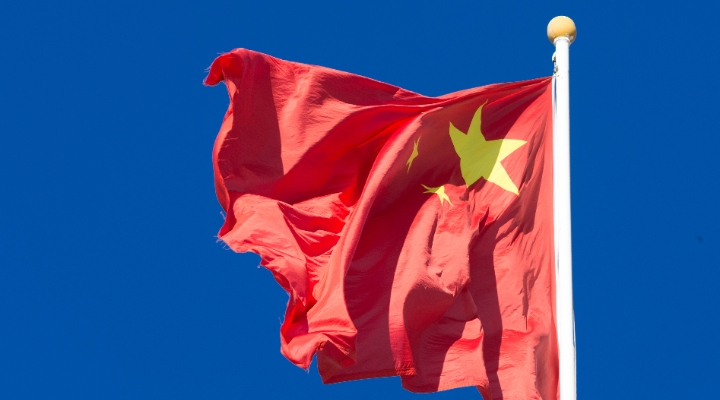
Greater China markets have been a difficult place for investors in the past year or so. A slew of negative news, both from from home and abroad, brought down the onshore and offshore stock markets. Still, a handful of active managers were able to deliver returns that beat the benchmark.
We screened for all China equity funds with over $100 million in assets and arrived at a group of 79 funds with a share class for sale to both Hong Kong- and Singapore-domiciled investors. We checked for which of them generated returns in excess of the Morningstar Category index through the end of April. 11 made the list:
The environment was as challenging as in 2021 when the Chinese authorities first introduced many regulations overseeing big tech firms. A search on Morningstar Direct brought us to 39 funds with positive gains on a relative term. But only six funds sustained the outperformance momentum from 2021 through the first four months of 2022. On absolute terms, though, investors still lost money in most funds, as all except the BOCIP’s fund produced a negative absolute return. BOCIP China Value A ended 2021 with a flat gain.
One observation from both 2021 and 2022 (so far) is that Hong Kong equity managers are unable to deliver positive returns. Last year, two funds outran the key benchmark Hang Seng Index, which ended the year with an 11.83% loss. In 2021, FSSA Hong Kong Growth I USD Acc’s excess return was 6.6% while Schroder ISF Hong Kong Eq A Acc HKD beat the index by 0.8%. So far in 2022 though, none of Hong Kong equity funds made it to the list as all of the 11 funds underperformed the Hang Seng Index, which fell 9.5% year-to-date.
Growth Managers Hurt
Claire Liang, senior manager research analyst at Morningstar, calls the past 12-18 months ‘one of the toughest times for many China equity managers’. “The market environment was hard for managers, especially those with a growth-oriented investment style. Many well-loved, growth sectors such as internet, education, and healthcare suffered from stricter regulations and market selloffs, weighing on growth funds’ performance,” Liang says.
In the other corner of the market, managers found pockets of opportunities. Liang continues: “On the other hand, value sectors held up relatively well, and we have seen a rotation market style – from growth to value since 2021, which benefited fund managers with a value tilt.” Energy, utility, materials, and financials names are examples of value outperformers amid the correction.
Go Active
Although a tumultuous year for China markets has shaken investors’ conviction in investing in China, Liang believes there are still many reasons to keep an eye on Chinese equities. “China’s capital market continues to grow its importance in the global investing arena with increasing weightings in major equity indices. As a deep and diverse market, it offers plenty of long-term growth and alpha opportunities,” she says.
To capture the long-term opportunities, an actively-managed fund is a sensible choice given some of the market’s nuances. China’s equity market, especially the onshore A-shares, is known for its lower market efficiency compared to the developed markets. In 2021, Morningstar’s China active/passive barometer report indicates that 76% of active diversified stock-heavy funds survived and outperformed their average passive peers during the trailing 10-year period through December 2020. Lower market efficiency often brings alpha opportunities for professional investment managers to capture.
Thus, Liang suggests that mutual funds remain a suitable tool for investors to gain exposure to China. She says: “We believe mutual funds are appealing long-term investing tools for investors seeking to participate in China’s structural growth trends. It is also important for investors to pick funds that are backed by capable portfolio managers, stable and well-resourced supporting team, as well as a tried-and-tested investment process.”
How to Pick China Mutual Fund?
The bear market is an environment that reminds investors of discipline and a robust investment process. Liang adds: “It is difficult to time the market or predict when the market style will rotate. Every investment style has the market environments that it tends to do well and some market environments that it may lag behind.”
She takes Fidelity China Focus under Morningstar coverage as an example and explains: “The portfolio manager Jing Ning’s value-oriented investment style was out of favor during the growth rally of 2019 and 2020, in which the fund underperformed the index and its peers. However, the manager has stuck to her investment philosophy, and the fund’s relative performance rebounded sharply when the market style turned.” Fidelity China Focus, with US$ 2.5 billion under management, earns a Bronze rating.
Other than the Fidelity fund, here’s a list of Greater China, China A-Shares, and China equity funds that are highly rated by Morningstar:












.png)


.jpg)





